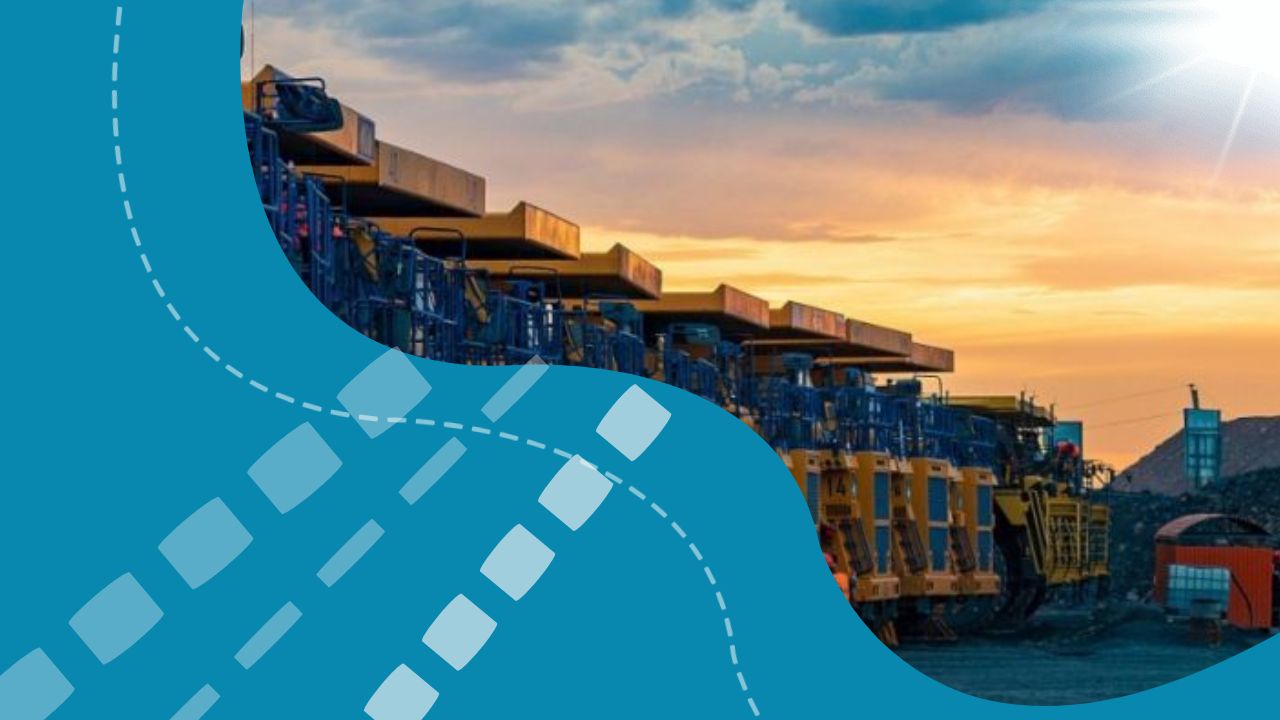For the former, adjusted EBITDA fell by 50 per cent year-on-year to $17bn in 2023 while Anglo American saw a net profit fall of 94 per cent.
Glencore is really struggling to reckon an attempted exit of its legacy coal business, one that delivered $17.9bn EBITDA in 2022 – more than the groups entire return in that metric for 2023.
The problem across the board for miners, not just Anglo and Glencore, is that this isn’t the good old days.
It is instead putting down a roadmap towards essential metals for the energy transition; nickel, cobalt and zinc.
Anglo is also trying to dial in on battery metals but remains heavily tied to another poorly-performing asset class – Platinum Group Metals (PGM), used in the diesel and petrol car industry.
Alongside a wheezing diamond market, PGMs cost Anglo around $5.5bn in revenue in 2023.
The problem across the board for miners, not just Anglo and Glencore, is that this isn’t the good old days.
Miners had rarely been as profitable in recent history as they were in the immediate aftermath of the pandemic, which effectively ignored individual market permutations and sent all commodities skywards.
Now, mining sub-sectors are off the ride and are starting to reconfigure individual supply-demand dynamics and that is where the underlying issues are coming to the fore.
The nickel market, for example, has dramatically over-estimated short-term demands resulting in a market flood and pain for those with exposure.
Exacerbated by a supply monopoly from Indonesia, miners with exposure like Glencore are struggling to sell the metal at a lower market price, and further hampered by dramatic increases in operational costs versus what they were a decade ago.
The firm has firmly felt the nickel bite, announcing the sell-off of its stake in the Koniambo mine in New Caledonia after a profitless decade.
The head of French metal mining group Eramet said last week that Indonesia would effectively render “old traditional players structurally non-competitive” for the foreseeable future.
Nevertheless, the firm’s chief executive Gary Nagle is determined to spin off Glencore’s coal businesses to the U.S in favour of making UK-based operations more green metal focused – an uphill battle for the foreseeable future.
China is continuing to weigh on miners too as its copper-hungry property business remains subdued despite state efforts to wake it up.
Firms like Anglo are sitting on ageing assets and analysts know that major projects need to be found pretty quickly to avoid slipping further into the mooted steep production deficits.
But Anglo faces a challenge not shared as acutely by its competitors like Glencore, Rio Tinto or Vale in that its portfolio is attempting to cater for two inversely expanding ends of the motoring market.
The costly revenue shortfalls from its PGM group in 2023 are in large part attributable to stalling petrol and diesel vehicle demand. And with battery metal demand bottoming out too, the firm is stuck between a rock and a hard place.
Glencore and Anglo are not Shell and BP. In market cap terms at $45bn and $23bn, they might look like they hold relatively comparable positions within the London-listed market.
But miners are far more exposed to market volatility owing to the demand in sectors they feed.
For now, both Glencore and Anglo can weather instability through manageable debt piles and the resources to try and pivot in whatever way possible to drive profitability.
But investors should strap in for a bumpy ride.


